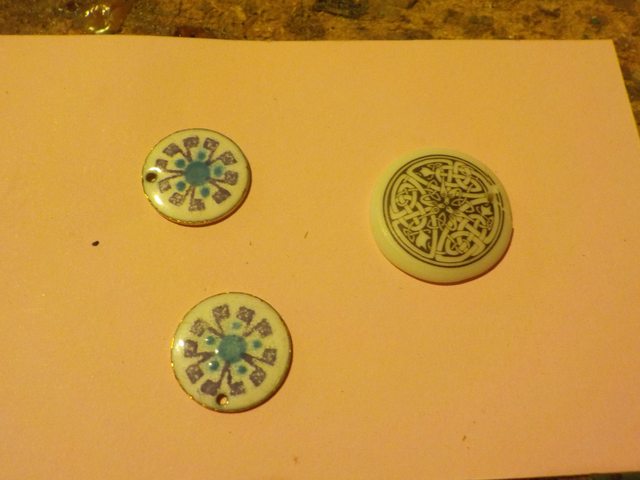From a Google search on 1700’s paint.
Varnished painting
The oil paint is left to dry for at least a year before a thin coat of clear picture varnish is brushed on. During the seventeenth century artists started making varnish from tree resin dissolved in turpentine. It protects the paint surface and makes it easier to see the colours.Aug 16, 2010
Paints were largely oil based, linseed oil and pigment, although water is mentioned.
Varnished painting
The oil paint is left to dry for at least a year before a thin coat of clear picture varnish is brushed on. During the seventeenth century artists started making varnish from tree resin dissolved in turpentine. It protects the paint surface and makes it easier to see the colours.Aug 16, 2010
Paints were largely oil based, linseed oil and pigment, although water is mentioned.







